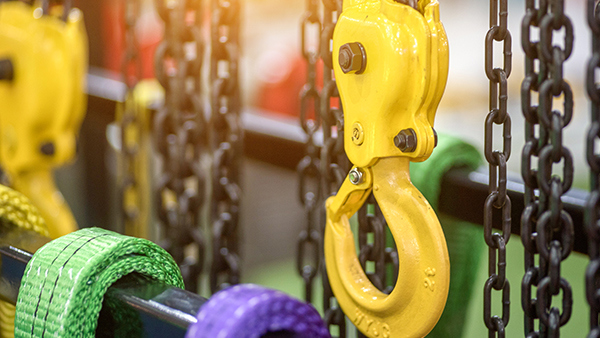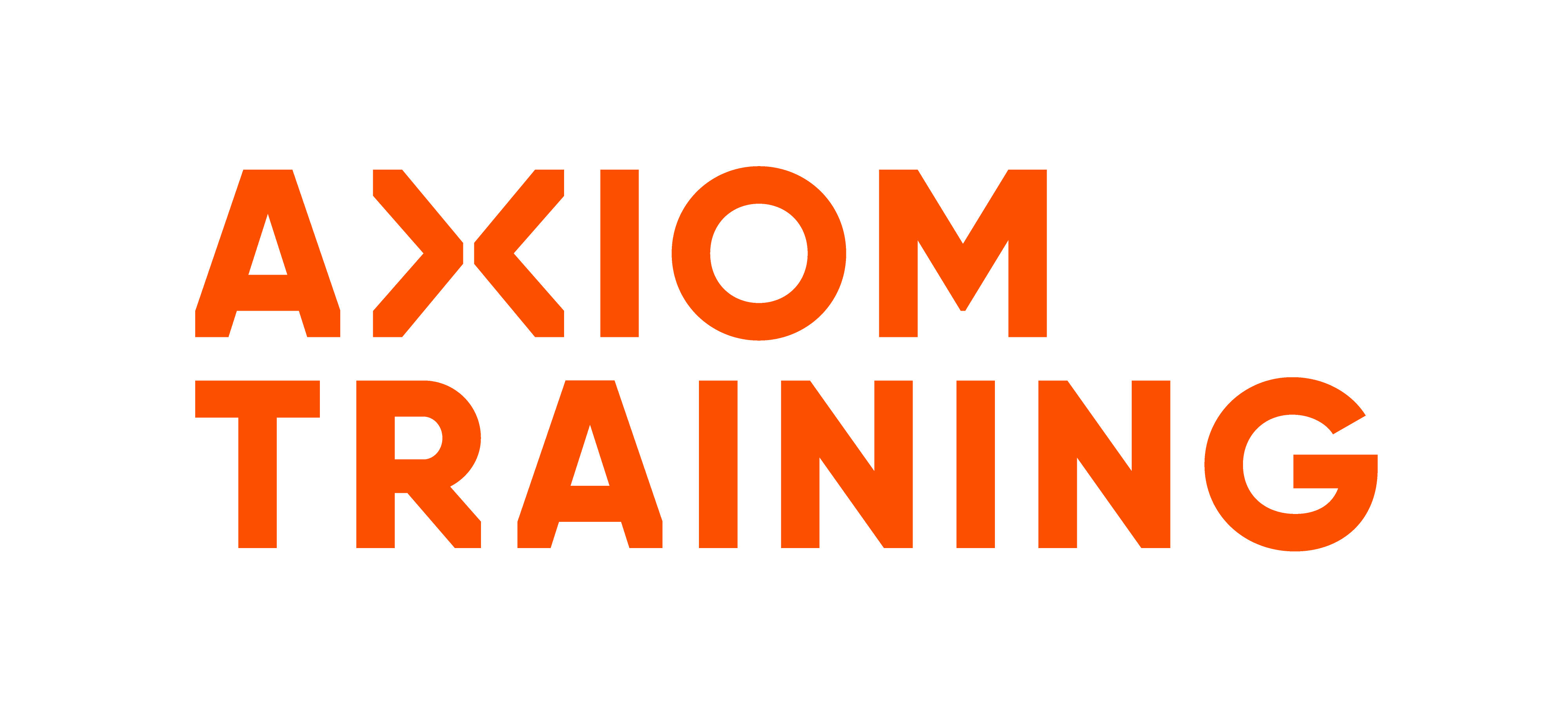H&S Tech Tip: Meet the crane code, minimise the risk
Operating cranes can be a risky business – and ensuring staff have the relevant knowledge and experience is essential.
For employees who have not yet completed the appropriate training, direct supervision from someone who knows their stuff is a must. WorkSafe’s approved Code of Practice for cranes (https://www.worksafe.govt.nz/topic-and-industry/cranes/) and Code of Practice for load lifting and rigging (https://www.worksafe.govt.nz/topic-and-industry/load-lifting-and-rigging/) clearly outline the legal (and moral) obligations of everyone from designers, manufacturers and employers, through to controllers and crane operators - each of whom play a pivotal role in minimising potential risks.
According to Grant Degarnham, Cranes Training Professional at Safety ‘n Action, the leading cause of workplace accidents, injuries and fatalities is human error. That’s why the importance of training and supervision cannot be underestimated.
“Crane collapse or falling loads can have catastrophic consequences. To prevent injury and death in the workplace employees need the correct training and/or direct supervision,” says Grant.
The importance of this was reinforced last year when an employee at a Christchurch glass supply company was fatally crushed in a workplace crane incident. Although he was still in training at the time, he had been left completely unsupervised – an error that cost him his life, and the company a $270,000 fine and $110,000 in reparations payments.
“It’s just not acceptable to allow workers to operate cranes without the appropriate levels of training or supervision. The risks are huge.”
In fact, as the WorkSafe Code of Practice clearly states, ‘employers must ensure that every employee is adequately trained in the safe use of all plant, objects, substances, protective clothing and equipment that they are, or may be, required to use or handle’.
Furthermore, if they don’t yet have all the appropriate knowledge and experience, ‘they must be supervised by someone who has, so that they are not likely to suffer harm, or lead to the harm of others’.
Fortunately, as New Zealand’s leading health and safety training provider, Safety ‘n Action has a number of easy-to-access courses that deliver the right training and knowledge to ensure employers and employees meet all their crane safety requirements.
Gain a comprehensive overview of the crane industry and its relevant safe practices through the half day ‘Demonstrate Knowledge of Crane Industry’ course – an increasingly popular solution for managers looking to boost their knowledge in this area.
Meanwhile, the ‘Truck Loader Crane’ course keeps workers up to date with the latest industry standards around operating truck loader cranes and identifying associated hazards, and the ‘Sling Regular Loads Safely’ programme covers crane regulations and calculations relevant to lifting gear and working load limit tables, and also gives attendees a sound working knowledge of how to sling loads safely.
“The right instruction and training is essential for everybody who works with cranes – it’s one of the vital elements for keeping our workforce safe,” says Grant.
Keen to find out more about your health and safety responsibilities and requirements?
Get in touch with the expert team at Safety ‘n Action (www.safetynaction.co.nz) or visit Safe Crane (www.safecrane.nz) for all the latest resources and information.
NOT SURE WHAT YOU NEED?
Contact our customer service team to discuss your options.
Related News
- Workers must be competent or directly supervised when operating cranes: https://www.worksafe.govt.nz/about-us/news-and-media/workers-must-be-competent-or-directly-supervised-when-operating-cranes
View all training solutions




